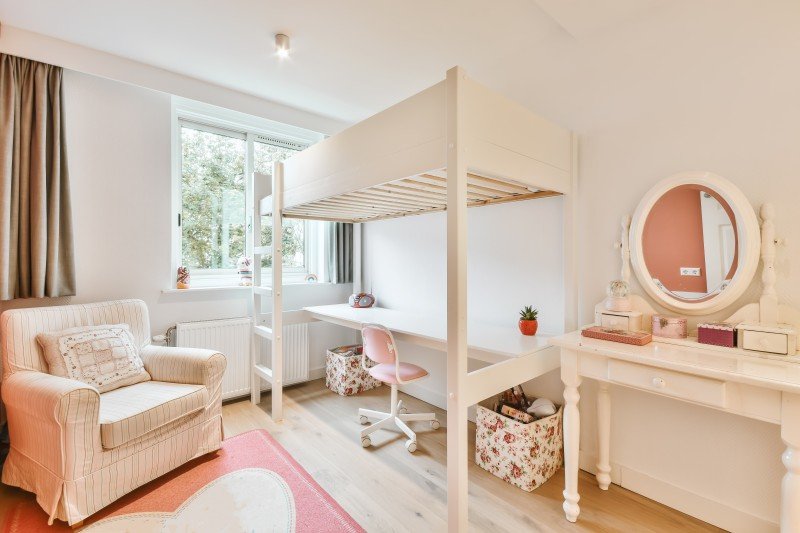Bunk beds have long been a staple in children's bed rooms, dormitories, and even homes with restricted space. Not only do they supply a practical sleeping service, however they also create a fun and imaginative environment for children and a great space-saver for adults and families. This post will check out everything you require to learn about bunk beds, from types and products to security suggestions and buying advice.

Bunk beds are available in numerous designs to fit various requirements and choices. Here's a breakdown of the most typical types:
Traditional bunks typically include two beds stacked vertically on top of one another. These beds are perfect for brother or sisters sharing a room or for optimizing sleeping space in visitor spaces.
Loft beds stand likewise to standard adult bunk bed beds but do not have a lower sleeping area. Rather, they often incorporate a desk or seating location beneath, making them a great choice for small spaces needing multifunctionality.
Triple bunk beds are created for three residents, with beds stacked in a three-tier configuration. These are less common however can be a fun option for big families or slumber parties.
With one bed positioned horizontally and the other vertically, L-shaped bunk beds are often equipped with extra features such as desks or storage drawers and can complement corner spaces in a space.
| Bed Type | Perfect Use | Description |
|---|---|---|
| Conventional | Shared bedrooms or visitor spaces | 2 beds stacked vertically |
| Loft | Small rooms needing multi-purpose space | Upper bed with open space below |
| Triple | Big households or slumber parties | Three beds stacked vertically |
| L-Shaped | Corner or versatile areas | A mix of vertical and horizontal beds |
Bunk beds are made from different products, with wood and metal being the most typical. Each product has its pros and cons.
When it pertains to bunk beds, safety can not be neglected. Here are key safety tips to bear in mind:
When looking for bunk beds, think about the list below aspects to discover the best suitable for your requirements:
Kids aged 6 and older are typically suggested to sleep on the leading bunk to minimize the danger of falls.
To boost safety, ensure guardrails are effectively installed and examine that the bed is placed on a flat surface area. Furthermore, motivate children to utilize the ladder carefully.
Lots of bunk beds are created to be convertible. Inspect the producer's requirements for convertibility features.
Typical devices include beddings, storage drawers, staircases instead of ladders, and tented canopies for an enjoyable visual appeal.
Regular look for loose screws or structural integrity can help ensure security. Dust the bed routinely and tidy spills immediately to keep the products in good condition.
Bunk Bed For Adults Uk beds are versatile and a space-efficient solution for numerous living circumstances, from kids's spaces to guest accommodations. With numerous styles and products offered, possible buyers have a wealth of choices to consider, making sure a combination of functionality and aesthetic appeals. By prioritizing security and following the pointers laid out in this guide, individuals can find the ideal bunk bed that matches their space and way of life, all while developing a satisfying sleeping environment.
No Data Found!

